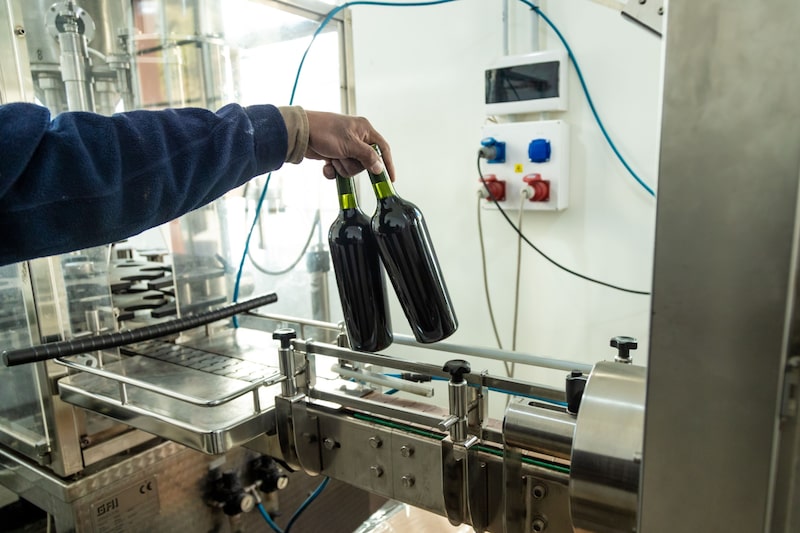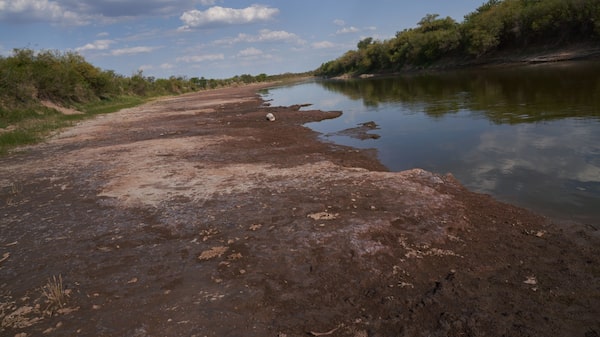Bloomberg — Argentina is rolling out a temporary, subsidized exchange rate for wine and other agriculture products in an elaborate bid to boost exports and foreign reserves as the worst drought in a century exacerbates a looming recession.
Economy Minister Sergio Massa confirmed Thursday he’s going forward with the exchange rate measure, dubbed “Dollar Agro” or “Dollar Malbec” by the Argentine press because it benefits the producers of the country’s most-well known wine grape.
The policy will give producers a more beneficial exchange rate for 90 days when they sell their products abroad, including rice and peanuts, instead of the official peso value that the government has kept artificially high in a bid to avoid devaluation.
Starting in April, the government will also allow a 30-day exchange rate for soy exports, the third version of the measure for that product, according to an Economy Ministry statement Thursday, which didn’t specify the new exchange rate level for any of the products.
Argentina’s official rate closed Thursday at about 209 pesos per dollar and previous versions of the soy exchange rate were well above the official. In black market exchanges, the local currency trades at half its value, or about 400 pesos per dollar.
“The drought hit us very hard,” Massa told reporters in Washington Thursday after meeting with officials at the International Monetary Fund. The temporary exchange rates aim to “strengthen the central bank’s reserves in the second quarter and continue the stabilization path that Argentina needs to do.”

To be sure, wine exports alone — just over $1 billion annually — won’t turn around Argentina’s economic outlook. However, with the measure the government also seeks to get every dollar it can from exports as central bank reserves have fallen from $44.6 billion at the start of the year to $36.6 billion now, near the lowest level since 2016.
The Buenos Aires Grains Exchange has slashed its annual soy production forecast to 25 million metric tons, far below the five-year average of 45 million tons and the worst figure in decades. The Argentine economy greatly depends on farming exports to generate dollars.
Special rates for soy last year forced Argentina to request waivers for the government’s $44 billion agreement with the IMF because it broke the lender’s rules on “multiple currency practices.” The IMF’s executive board is expected to approve a new $5.3 billion disbursement to Argentina in coming days as part of the program’s total following the fourth staff-level review.
Those past soy rates boosted exports in the short-term but also raised concerns about pumping more pesos into the economy as inflation is already running above 100%.
Long a local rumor, Massa first mentioned the possibility of the special exchange rate speaking at a vineyard in Mendoza before the country’s annual harvest festival in early March.
Wine vineyards may be keeping more bottles on the sidelines as they wait for the beneficial exchange rate. Domestic wine sales fell 14% in February from a year ago, nearly three times the drop in January, according to the country’s wine regulator INV.
Read more on Bloomberg.com



